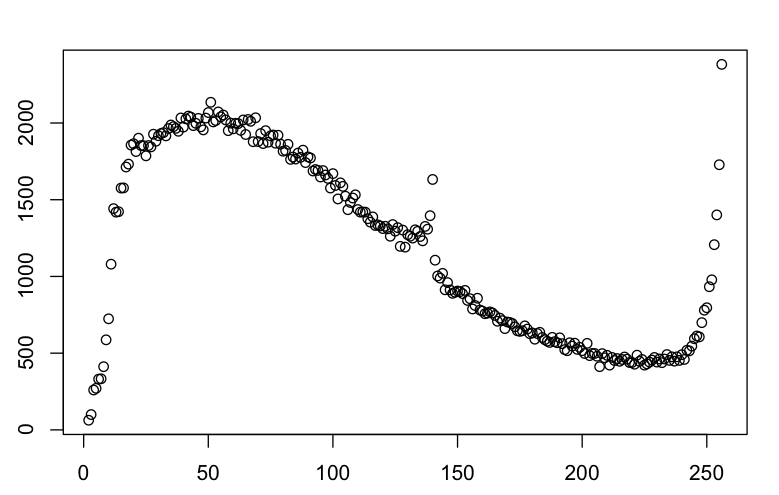I’ve been playing with app.net for a few weeks. It’s still a relatively small community: there are about 20k users, and a little over 300k posts so far. For those who haven’t checked out the service, a post is similar to a tweet only up to 256 characters in length instead of 140. John C. Reilly and Will Ferrell should sign up, there’s so much room for activities!
Some interesting tidbits:
250 users have generated half of the posts. This is the core group of early fans/evangelists. I’m one of them, at #62 the last time I checked.
The average post length is about 100 characters (for comparison, tweets are around 70).
A high percentage of appnet’s users are developers. Even taking that into account, there is a surprising number of applications that support the service. These are the top 20 in terms of posts:
171852 Alpha (the website)
22993 quickApp
16566 AppApp
14564 IFTTT
11865 Buffer
11043 moApp
10441 Mention
10304 Appetizer
7116 Hooha
6491 #PAN
5534 xtendr
5188 shrtmsg
4565 AppNet Rhino
3201 Felix
3073 Adian
2923 Appeio
1782 Spoonbill
1403 AppToDate
1303 Appnetizens
985 Succynct
The topics being discussed are still fairly homogeneous. Here is a word cloud from this morning, during the Kindle announcement:
If you’d like to keep an eye on ADN’s zeitgeist, I update it every hour: ADN word cloud.
Finally, here’s something that I found particularly interesting. You may have seen the following chart before; it’s the distribution of tweet lengths (in this case, taken from a sample of 10M tweets):
What’s happening here? Clearly many tweets have room to spare, but sometimes we just have too much to say for one tweet. As we get closer to 140, people start editing a tweet (e.g. preferring shorter synonyms, using abbreviations). The large number of tweets at exactly 140 may be the result of apps that truncate content. You would expect something similar to happen at appnet, except with 256 characters. Let’s see:
Observe the peak near 140. This is the result of cross-posting from Twitter, particularly with applications such as IFTTT. As a result, the first portion of the chart has a shape that’s reminiscent of the Twitter chart, and the whole chart is similar too except for that anomaly in the middle. The posts between 141 and 256 characters are “native”, and we see the same struggle to fit into 256 characters (only in this case I believe there is no automatic truncation yet). We get used to the extra space really quickly!
If you’d like to see any other appnet stats, let me know. If you are a subscriber, you can follow me there: @dbasch.



Very very interesting… I’m wondering where this will go from here. I use Twitter a lot for data mining / stats for academic research. I’ve got a database of 600M tweets for natural language research. However, with Twitter I deal with a language problem, as there is no language metadata per tweet, only per user (which is rarely of any use). The question is… will app.net have a “pipe” API that allows me to retrieve posts as they arrive, and more importantly, will these posts contain language-related information? This remains to be seen. I won’t dish out $50 until I see potential.
I think some of the problem of using App.net, especially right now, it’s not a fair sample of people as this post says; currently there’s a majority of developers.
What you’re asking for is a really difficult problem to solve as I’m sure you’re well aware. Client applications can guess at the language, much in the same way Google Translate does, and then set an annotation on each post to indicate the guessed language. This might be of some value to you, however it definitely wouldn’t be uniform across clients. Not being uniform leaves you in the same place with respect to your research.
They claim the streaming API is in the works, I’m looking forward to it myself.
In my previous company we did some collection and analysis of tweets (you may have seen our site, it was called Trendistic). We used the Nutch Language Identifier for a few applications, you may want to check it out if you haven’t:
http://wiki.apache.org/nutch/LanguageIdentifier
What was your sample size please? All 300k ADN posts?
Yes, all the posts.
IFTTT! That’s what I need to use. I have mostly been on the sidelines. Using a recipe from twitter to app.net might lower the friction enough to start participating more.
Thank you for the stats. Not surprised app.net is mostly used by developers. Any stats on the percentage of women using app.net?